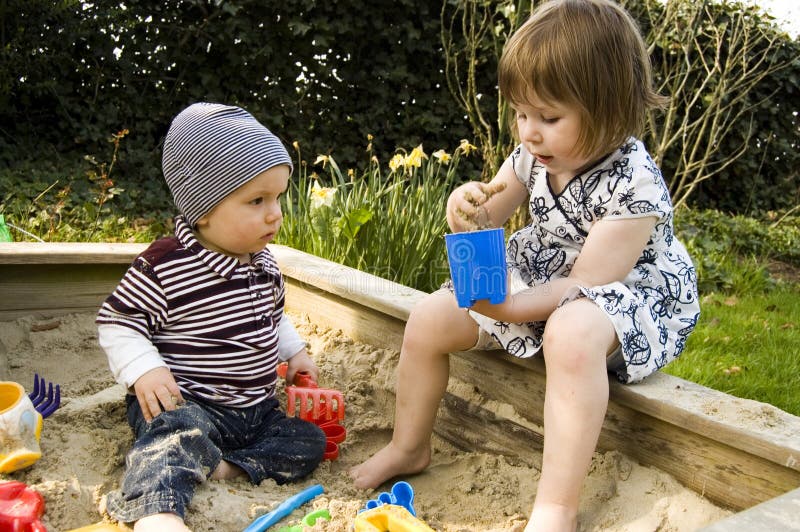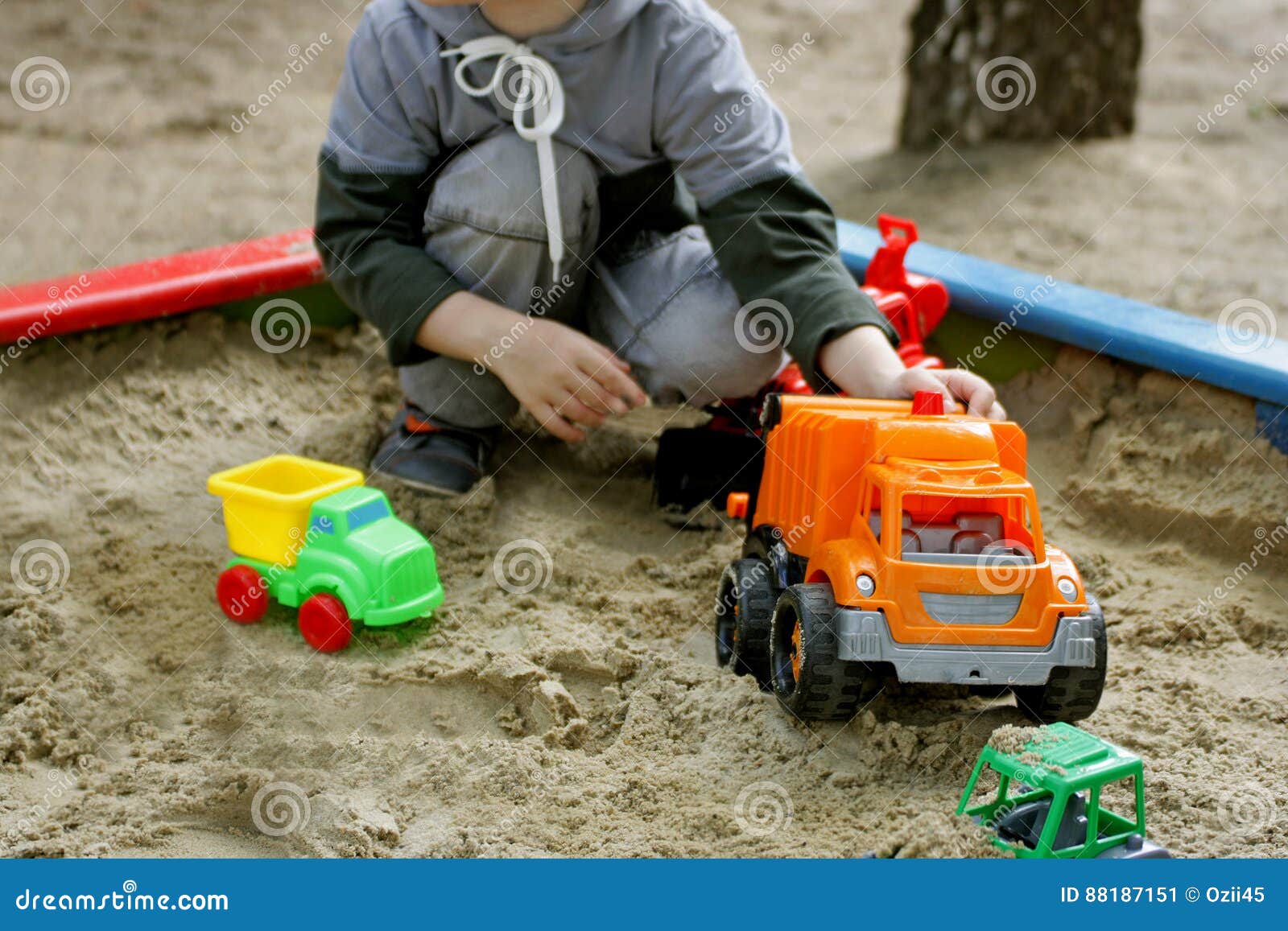
Once you have the right amount of water you will want to pack the sand tightly into the mold. Once the ball stays together you have the perfect amount of water in your sand.


By contrast, play sands that have been naturally formed over eons of erosion have a uniform texture, grain size and will not contain foreign particles. Unwanted and hazardous dust is created by crushing and pulverizing rocks. Some sands fail the the Sugar Test because they are not uniform in size because they were pulverized from larger rocks into play sand.

Tap the bag against a table or your hand about 5-10 taps.This test can be shocking - place some sand into a ziplock bag.After sifting the sand, if there are large particles left in the kitchen strainer then your sand has failed the sugar test.With a simple kitchen strainer scoop up samples of your sand after performing the Nuisance dust test or select a random sample from your sandbox.We recommend you perform this test outside and can be performed directly after the Nuisance Dust Test. The test is very simple to perform at home, but can be very revealing when you really evaluate the grains of sand in your sandbox. How You Can Perform The Sugar Test At Home The uniformity in grain size will ensure consistent texture, less likelihood of being dusty, and helps to keep your kids hands and clothes cleaner after playing in the sandbox. Many people don’t realize there are multiple options when it comes to sand for your sandbox. When your sand has different grain sizes this is a great indicator that your sand will be coarse, dirty, dusty, and can be difficult to create sandcastles or molds. If your play sand fails the sugar test it is most likely a 'manufactured sand' made by crushing rock and soil. Why Your Sand Needs To Pass The Sugar Test These different sized sand grains take us to our next test, The Sugar Test. This process creates and allows varying sizes of the sand grains which many would call dust and dirt.

Even after being crushed and washed many don’t receive the correct amount of sifting and washing to remove these non-uniform particles. These sands were most likely created in a quarry by smashing large rocks into smaller and smaller pieces. Some sands fail the Nuisance Dust Test because they are not natural sands. Why Do Some Sands Fail The Nuisance Dust Test If particles clearly become airborne then your sand has not been properly washed and screened to remove different sized particles that cause dust.The faster you pour the more potential finer particles (or dust) will become airborne - Important note: No matter how fast you pour, if there is a dust cloud your sand has failed this test Pour your sand 6”-12” above the container.Pour the sand onto a plate or into any type of container Fill a clear container (about 1 quart or 4 cups) of your sandbox sand.We recommend you perform this test outside. The test is very simple to perform at home, but can be very revealing. How You Can Perform The Nuisance Dust Test At Home These dust clouds get your children’s clothes dirty, their hands dirty and can affect asthma and allergies in children and adults alike. If your sand isn’t washed properly the finer particles left in the sand can cause dust clouds. Why Your Sand Needs To Pass the Nuisance Dust Test


 0 kommentar(er)
0 kommentar(er)
